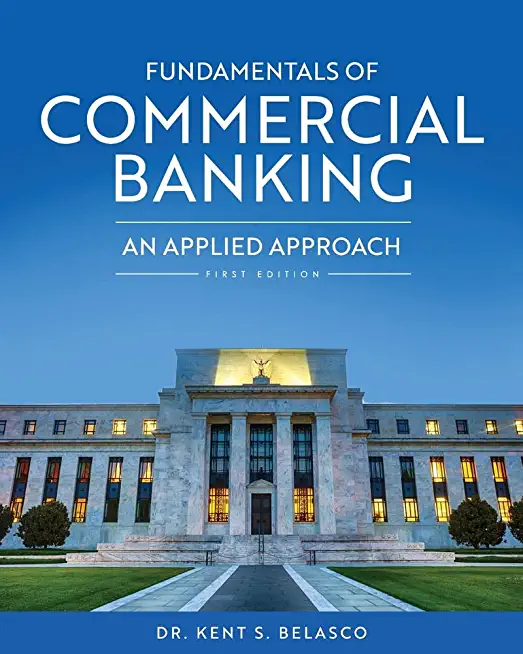
Opening chapters provide students with an overview of the origins of banking in the United States, the impact banks have on society, the role of commercial banks in the banking system, the structure of commercial banks, and the products and services banks provide to their customers. Students read about the U.S. Federal Reserve, learn about monetary and fiscal policies, and become acquainted with the regulatory measures. Additional chapters help students understand a bank's financial statements, how banks make money, how to approach financial forecasting, and how to develop a bank budget. The book explores economic indicators, the pricing loan and deposit products, the management of discretionary expenses, the measurement and analysis of results, and the management of financial risks, including credit risks and other forms of risk. Each chapter features key terms, learning objectives, and end-of-chapter questions to support the learning experience.
Developed to provide students with a comprehensive yet approachable introduction, Fundamentals of Commercial Banking is an excellent resource for foundational courses in finance and banking.







